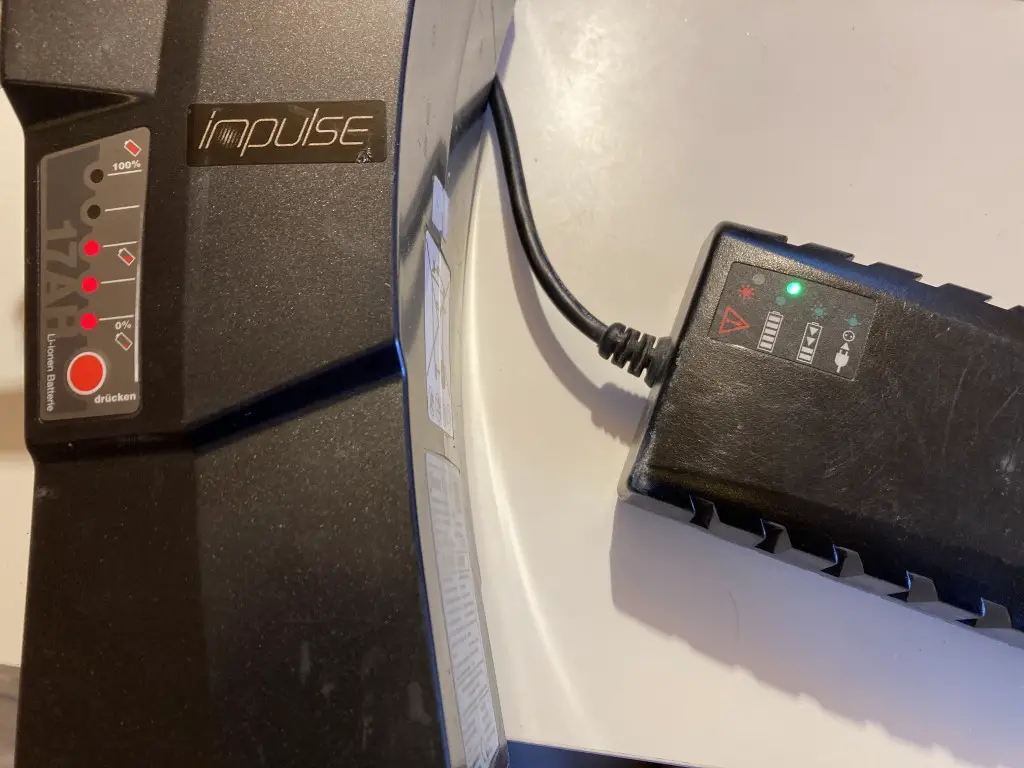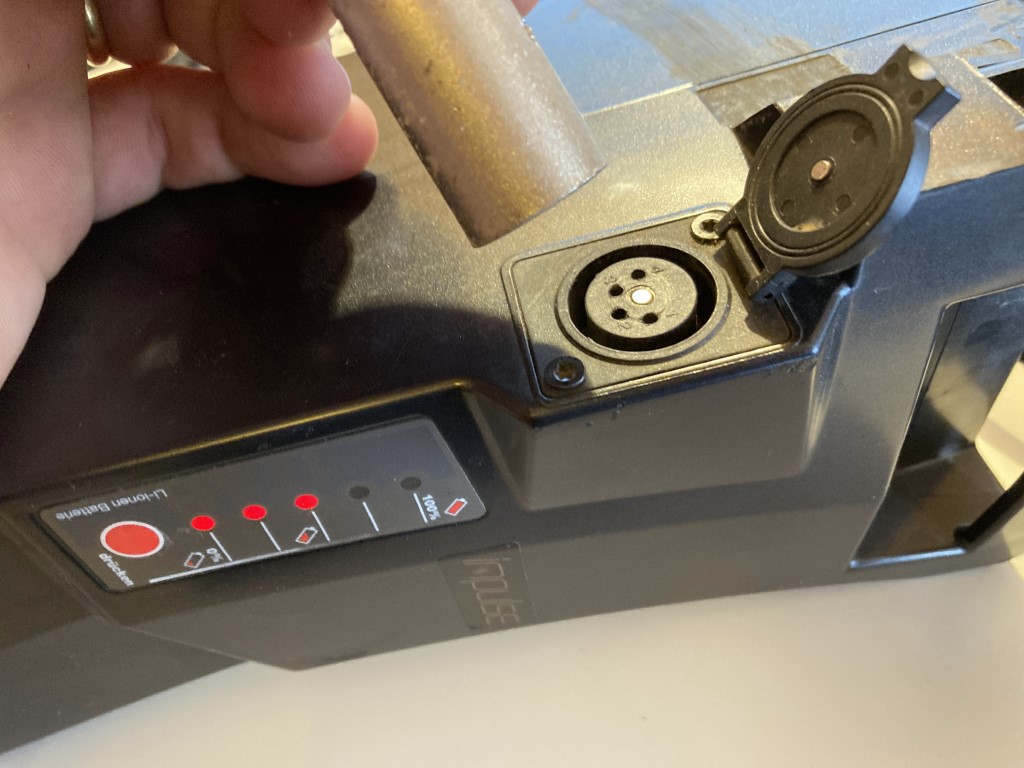The battery on your bike is a big deal. This reservoir of power is the source of your freedom, giving you the ability to choose your level of effort on long rides. Whether you’re using your battery to zoom along on the throttle, add a bit of subtle pep to your pedals, or something in between, it’s important to have a battery that works reliably and efficiently.
So what do you do when it stops charging fully?
Your e-bike may not charge fully due to a loose connection, a connection problem with the charger, a faulty charging port, a problem with the battery’s management system or because the battery is coming to the end of its lifespan.
Here’s a list of things to consider if your e-bike’s battery isn’t charging fully and how you might be able to fix the issue at home.
Electric bikes built for everything and priced for everyone. Shop Rad Power Bikes, America's #1 electric bike brand. Get out. Go further. Ride Rad.
E-Bike Battery Not Charging Fully – How To Troubleshoot
Basic Charger or Socket Issues
Your first goal when troubleshooting your bike’s battery should be to isolate the source of the problem. This means that you’ll want to test the battery in as many configurations and combinations as you can. To start with, we’ll examine your charger and wall socket.
Check the indicator light on the charger
First, does your charger indicate that the battery is fully charged? For a charger with an LED that flips between red and green, verify that the charger indicates red when you first plug in the battery and then turns green after it’s “done” charging, even if the battery isn’t fully charged. This can help narrow down the list of possibilities that could be affecting your bike.

Check the switch
One thing that’s happened to more e-bike riders than you might think is that the charger itself turns off when they leave the bike. It’s not uncommon to plug the charger into a switched outlet in your home or garage, then turn off the switch when you walk away from the bike.
Depending on timing, this could easily result in several hours of charging before the charger is switched off. If you’re not paying attention when you unplug it, you might not realize that the charger is still trying to charge the battery.
Because of this, it’s a good idea to try the charger in a different socket and check back a couple of times during the charging process to see what’s happening. If the light is off or indicating a different state than you expect you’ll be able to narrow down the range of possibilities and figure out what’s causing the problem.

Try with a different charger
If possible, try to test a different charger and see what happens to your bike’s battery. It’s not uncommon for chargers to have faulty wiring that stops charging batteries before they’re full.
Chargers can get hot, too, and your charger might be deactivating itself because of internal heat rather than the charge level of your battery. Try to use a different charger and see what happens. If you don’t have a spare, try to borrow a charger from a friend or bike shop.
If the charger is the issue, you should see a different level of charge from the alternate device. If it’s hard to find a second charger, try to rule out your charging port first before you buy one or take your bike into a specialty shop.
Charging Port Issues
Another quick check involves your battery’s state when it’s being charged. Try varying how the battery is connected to the charger.

If you normally use the charging port on your bike, try removing the battery and charging it directly. If you normally charge it directly, try charging it through the charging port. There are a number of issues that can occur in either state, including loose plugs, issues resulting from heat, and faulty wiring.
If the battery works through the charging port but not the charger, there’s something wrong with either the plug on your charger or the connector in your battery. If the battery charges when removed but not in the bike, there’s something wrong with your charging port.

Battery Issues
Modern lithium batteries are made of multiple cells. In order to manage the spread of charge across those cells, batteries make use of a bit of tech called a battery management system, or BMS. BMSes are basically very small computers with simple logic circuits that control which cells are charged, which cells release power, and which cells are idle.
Issues related to your battery not charging fully usually stem from your charger, but it’s not impossible for your BMS to be at fault. Your BMS might be operating in a way that sends the “yep, I’m fully charged” signal to the charger too soon, it might be accurately telling the bike that it’s avoiding using damaged cells, or it might be otherwise failing to charge itself up to full.
It’s easy to find information on the internet about taking batteries apart and examining cells with a voltmeter. This is not the sort of thing that you should do without electrical expertise and proper precautions.
Instead, try doing some basic troubleshooting and see if you can prove that the battery is the source of the problem. If you’re convinced it’s the battery (and again, this is somewhat unusual in the case of a battery that’s failing to charge), try taking it to a specialty shop or other professional and have them test it.
The simplest way to see if the issue is related to your battery is to try your charger on a similar battery. If your bike came with multiple batteries, try discharging both to a similar level and charging them using the same charger.
If one of them charges to full and the other doesn’t, that’s a clear sign that the battery is at fault. If they both charge to a similar, non-full percent, however, the charger is probably the cause of your issue.
Battery Lifespan
Modern lithium batteries have a finite lifespan. This lifespan can be measured in both time and charge cycles.
Charging your battery to full and depleting it all the way tends to use these cycles aggressively, while charging it to 80% or so and letting it run down to 20% preserves its use for much longer. Leaving the battery idle still cuts into its lifespan, however, and exposing it to extreme heat or cold can also damage it and reduce its longevity.
There are two factors to consider here.
First, is your charger simply trying to be clever and charge your battery to 80%? Some chargers have different modes that can be used to alternate between protecting your battery by slightly undercharging it and charging it to full. Search the internet for your specific charger and see if you can find the manual to see if it has one of these modes.
Second, your battery might simply be getting old. If you’ve got a battery that you’ve used for a couple of years and you ride your bike a lot, it’s totally normal for it to be near the end of its natural life. Lithium batteries tend to last two or three years under near-ideal conditions, so if your battery is pushing four years of active operation, it totally makes sense for it to be having issues.
If this is the case, you’ll probably need to replace it soon anyway, so you might want to purchase a new battery fairly early on in your troubleshooting process. Even if your charger turns out to be the issue, you’ll have a spare that you can use when your old battery fails.
Happy pedaling!
